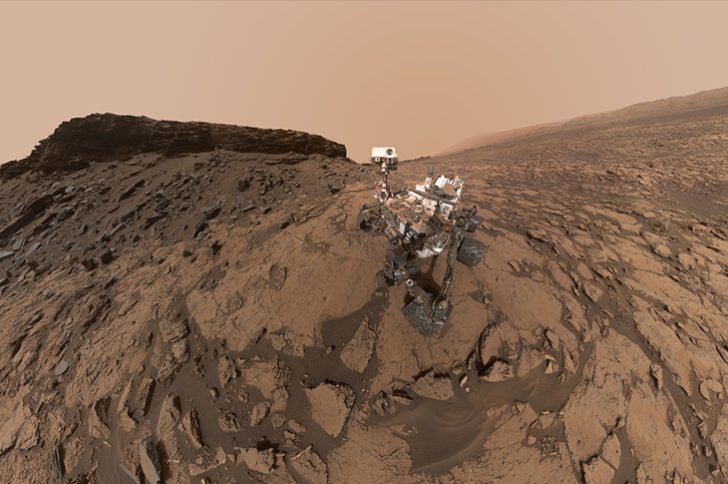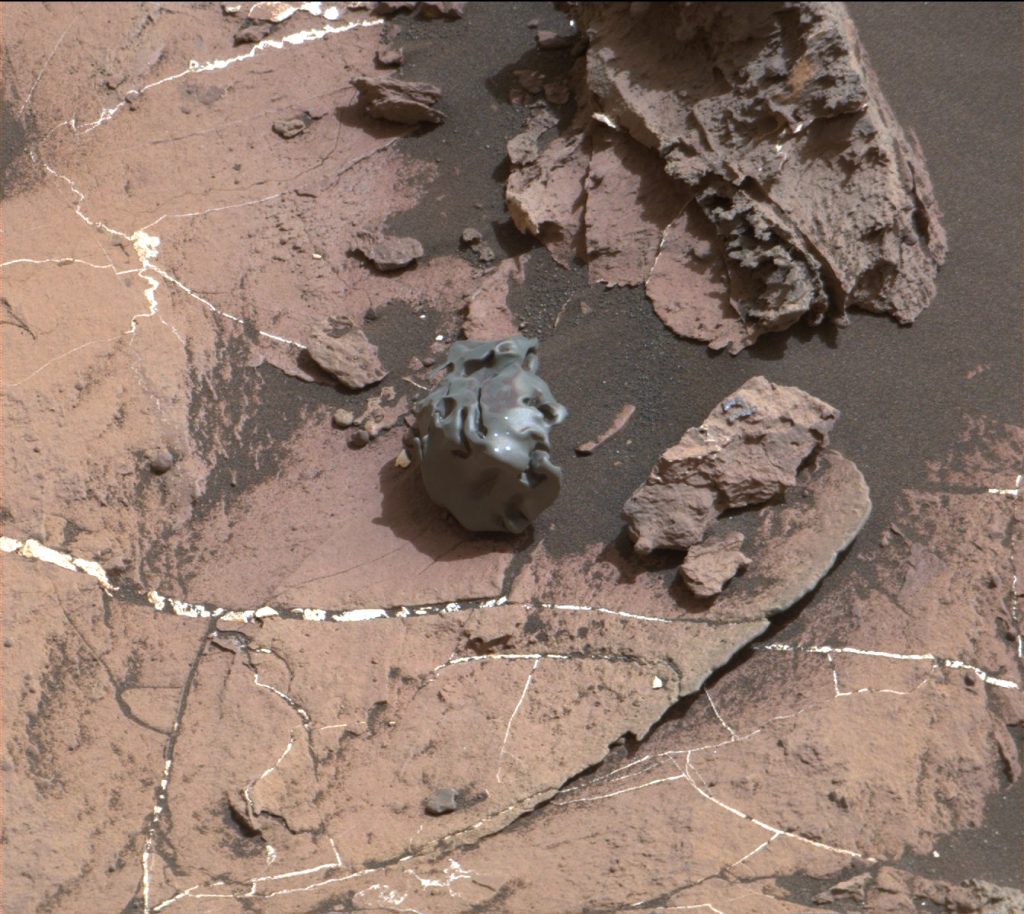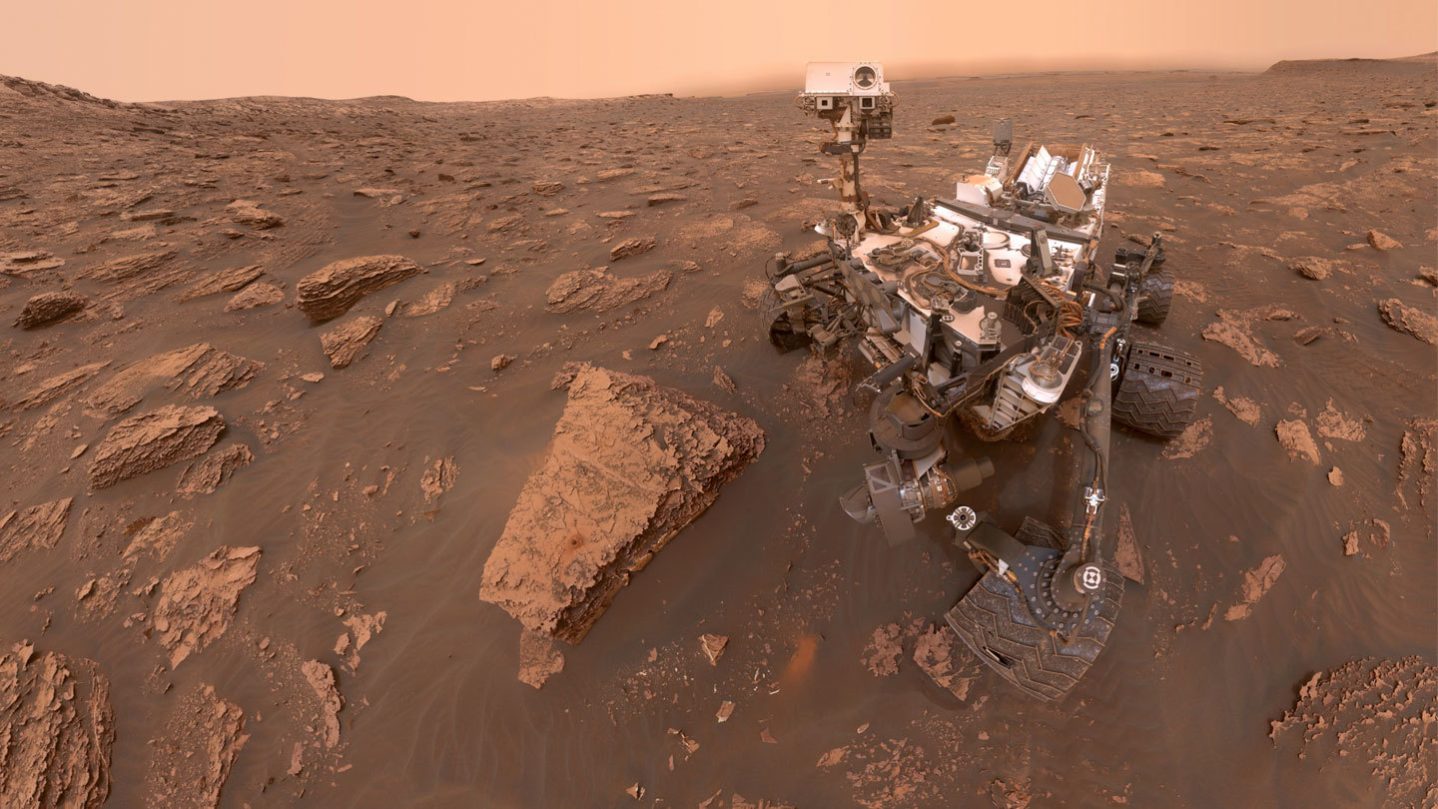
On Mars, there is a roving science laboratory with lasers and cameras and active science experiments as we speak.
On Aug. 5, 2012, Curiosity landed on Mars and has been making tracks (and history) ever since. Let’s run through some quick facts about the Mars Science Laboratory.
What’s it’s real name?
Both? Both.
The Mars Science Laboratory is its fancy name. But, since that’s super long, the rover also goes by Curiosity. NASA’s official site uses both names interchangeably, but the mission itself is the Mars Science Laboratory mission. Except for that part of the website that says “Curiosity Mission Overview.” Ignore that.
The answer is both names will work.
What does it do?
 |
Curiosity landed at the Gale Crater and is set to look for a bunch of things. It’s trying to:
- Look for evidence of past life on Mars.
- Characterize the climate and georgraphy of Mars.
- Prepare for human exploration.
The rover is a fascinating bit of technology. It has a “neck and head,” drill bits to sample soil and rock, a laser used to vaporize said rocks so it can chemically analyze them and lots of cameras. The scientific sensors alone cover spectrometers for x-rays, radiation detectors, environmental sensors and atmospheric sensors.
All this gets communicated back to Earth through the NASA Deep Space Network, which is a series of international antennas that link scientists here with missions on Mars. The main three antennas (antennae?) are in the Mojave Desert, near Madrid, Spain and near Canberra, Australia.
How long will it last?
So far, Curiosity has held up well for six years. It’s powered by an electric generator powered by the heat of plutonium-238’s radioactive decay. The operating lifespan for Curiosity was a full Martian year, which is 687 Earth days. Obviously, it’s still working six years later and was still generating more than 100 watts two years after landing.

What about that dust storm?
A dust story in June shut down the Opportunity rover, which is is still going strong after landing in 2004. Opportunity is back up and running now that the dust storm is done. Opportunity is powered by a solar array and put itself to sleep when the dust storm occluded the sky. Curiosity is not dependent on solar power, so it was able to continue exploring, capturing some great photos of the Planet-Encircling Dust Event (PEDE).
For now, Opportunity and Curiosity remain active and working on Mars. They’ll be joined in late November by the InSight rover, which launched earlier this year.








